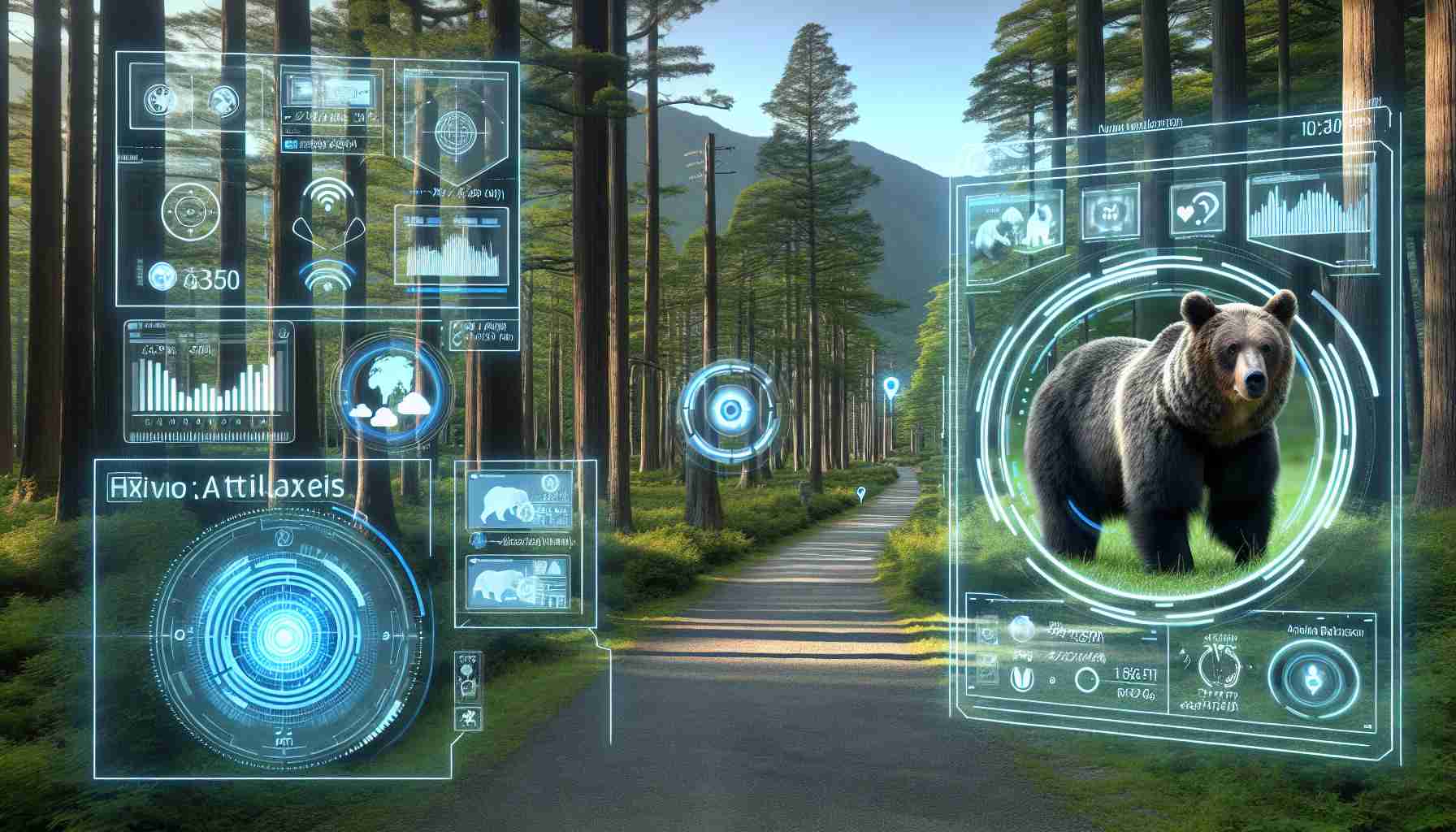In a year marked by an unprecedented number of bear attacks in Japan, a novel response utilizing artificial intelligence has been put to the test. Authorities have turned to a cutting-edge AI-driven application to mitigate these dangerous encounters.
The increasing bear incidents have become a significant concern, as reported by the Guardian. The latest technology is currently being trialed in the Toyama Prefecture, showcasing the innovative use of AI. The software keeps watch by scanning security and surveillance footage. If a bear is detected within a human habitation area, the system swiftly triggers notifications to the local authorities, wildlife rangers, and animal catchers.
This sophisticated AI is not only alerting humans to the bear’s presence but also tracking the animals’ movement directions, which can be crucial in preventing future attacks and understanding bear behavior.
The urgency for such a solution could not be higher—as it stands, bear-related injuries have climbed to 219 since the beginning of the year, with six fatalities. This spike represents the highest figure since official records began, highlighting the critical need for effective defense mechanisms against wildlife threats.
As the world keeps an eye on developments, the embedded video offers a glimpse into how the technology operates.
[source: telex.hu]
Significant Concerns and Challenges:
The surge in bear encounters in Japan presents considerable challenges for the safety of local residents and the preservation of bears. Experts believe that the root causes include deforestation, an aging rural population that is less capable of maintaining traditional land management, which can keep bears away from humans, and climate change affecting natural food availability for bears, hence pushing them closer to human habitats.
Controversies:
The ethical considerations of using AI for wildlife management can be controversial. On one side, there is the aim to protect human communities and prevent tragic incidents. However, there can also be concerns about the wellbeing of the bears, the potential for misuse of surveillance technology, and discussions about the broader impact on an ecosystem when interventions are targeted at a single species.
Advantages of AI Application in Wildlife Management:
– Enhanced Monitoring: Continuous and real-time scanning of surveillance footage can detect bear activity more efficiently than human monitoring.
– Early Warning: Prompt notifications to authorities can help in averting potential attacks and reducing human-bear conflicts.
– Behavioral Insights: Data on movement directions and patterns can offer valuable insights into bear behaviors, aiding in better wildlife management and conservation strategies.
Disadvantages of AI Application in Wildlife Management:
– Privacy Concerns: Increased surveillance raises questions about the privacy of individuals living in the areas being monitored.
– Reliance on Technology: Over-reliance on technological solutions may overshadow traditional and perhaps more ecological methods of managing wildlife.
– False Positives: No system is foolproof; AI could potentially misidentify objects as bears, leading to unnecessary scares and resource expenditure.
Related Links:
For more information on wildlife management and AI technologies, these domains provide relevant resources:
– Ministry of the Environment of Japan: Offers information on environmental policies in Japan which may include wildlife management.
– International Union for Conservation of Nature (IUCN): Provides global conservation statuses and information on species, including bears.
– Association for the Advancement of Artificial Intelligence (AAAI): A resource for advancements in AI and their applications across different fields.
In conclusion, the novel application of AI technology to combat bear encounters in Japan represents the intersection of innovative tech solutions and traditional wildlife management practices. With the continuous development and deployment of such systems, it is essential to monitor their effectiveness, ethical implications, and long-term impacts on both human communities and wildlife conservation efforts.

